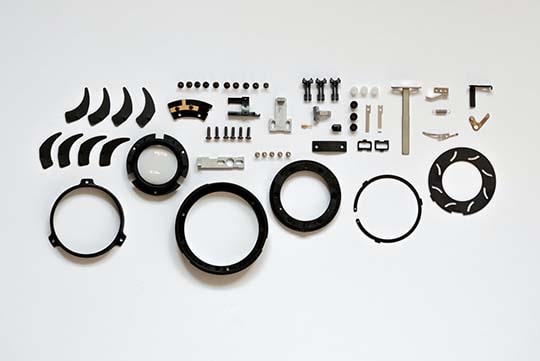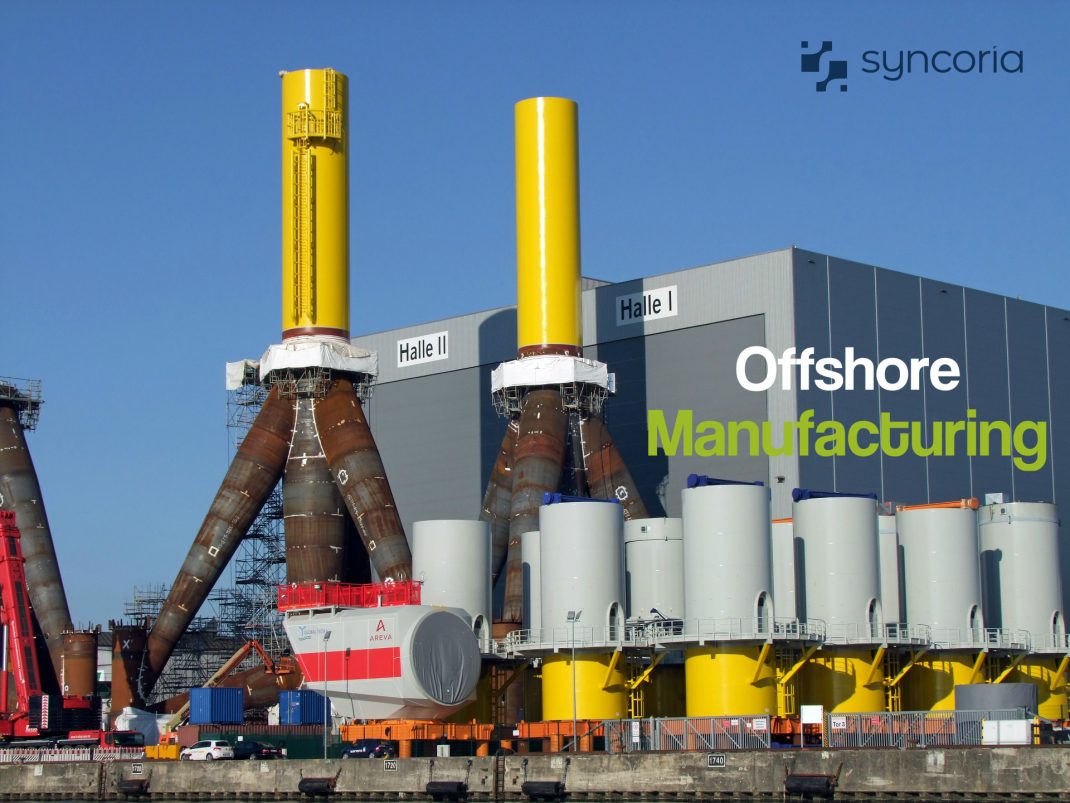Related Articles
Parts Repair Management
The parts repair management process is a critical component of an inventory management process used by a company to ensure that the right spare parts and resources are at the right place at the right time.
Ready availability of spare parts means that vehicles and machinery are always ready and available for use.
Importance of Proper Spare Parts Management
A well-organized spare part management program is generally agreed upon to be the foundation of a reliable plant or fleet operation and is crucial to a fleet manager’s and the maintenance team’s success.
Your fleet manager needs to know how to determine which and what type of spare parts are needed to keep an effective and comprehensive inventory system intact.
A strategic method to determine this will be a much more adequately appropriate and convenient way to manage your inventory than relying on arbitrary intuition.
The aim of a parts management process is to minimize performance disruption, increase efficiency, and reduce costs.
Spare part management is typically regarded to fall into two templates, predictive and reactive.
Predictive repairs are scheduled in a timely manner as preventative management while reactive repairs are undertaken as a direct and sudden response to faults and breakdowns.
A successful parts management scheme should adopt a predictive strategy as it is the very essence of a successful parts management scheme; to prevent problems and crises before they arise.
Predictive management of spare parts undoubtedly includes the collection and analysis of data, looking at the entire scope of operation to solve underlying problems that may surface later on, and looking at patterns of failure.
Looking for patterns can reveal to you problems just under the surface, giving you a chance to solve it before it ever matures.
Predictive management will thus help you make better use of the resources available to you, cutting substantial time and cost associated with the process of repairing issues reactively.
Inventory Control in Spare Parts Management
Inventory control is also often a critical component of spare parts management.
Your inventory of spare parts does not have to be all-encompassing to be effective. It also unrealistic to stock large quantities of various parts, it will just lead to extra rising costs.
In order to achieve better control over your inventory, you must develop clear criteria that will help define and categorize types of spare parts.
Designations such as ‘critical’ can help you prioritize your inventory but also remember that terms like this can be multidimensional and multifaceted, leaving room for further refinement.
A part can be labeled as ‘operationally critical’ or ‘specifically function-critical’ and higher priorities may be given to one over another depending on risk factor and importance.
Diligent storing and organizing of spares in a designated and secure space is also very beneficial for the control of your inventory.
A prompting for re-order cannot take place if a part is taken without a written record and similarly, new stock placed on the shelf without a record cannot be accounted for.
Critical to building a successful stock program too is having a thorough understanding of spare part lead times.
Part lead time is important when you have to determine which parts to stock.
If downtime and unavailability is not critical for your business, you can safely leave out parts that can be acquired quickly and easily out of a stocking plan but if lost production time stands as critically important, even a day or two without a part can turn out to be far too long.
Many parts with long lead times are made to order and thus, its best to keep them beforehand.
New equipment is not at all any exception to leave spares out for. It may sound logical to think that brand new equipment will work hassle-free but it is a train of thought that is ultimately wrong as the unexpected can happen at any time.
Part failure upon startup unfortunately happens to be a common occurrence.
It is extremely important to have proper spares on hand for the commission of new equipment as downtime can be mitigated by having spares available for replacement right away.
Inevitably however, equipment will fail but taking time to calculate the risk of downtime can help solidify your decisions to stock parts and thereby making your and your employees’ lives much easier.
Risk calculation is quite important, an example of basic risk calculation is as follows: Determine what one hour of downtime will cost your company, on top which you can determine the cost of an unexpected shutdown, factoring in lead times for your parts.
Afterwards, compare this to the cost of purchasing and storing replacement parts. If the hourly cost of downtime stands at $10,000, 24 hours of downtime will cost you a total of $240,000. 24 hours is the minimum time for unscheduled downtime even if your suppliers has the necessary parts in stock as getting them to the site of the problem is quite the work.
Having your company’s MRP system handle the spare parts management process will lay all these out in a much more clear and concise package and series of reports for you to analyze and make decisions.
Odoo’s own Odoo Fleet can be customized to include management of spare parts or you may also choose to take a look at the myriad of third party plugins available to purchase for your Odoo MRP system.
Some of those third party plugins offer multiple layers of data coordination, complete with timely automated purchase and replacement orders and invoices. An example of such a plugin includes ‘Repair Management’ by Planet-Odoo.
Syncoria is a digital transformation company based in Canada and an official Odoo Ready partner.








